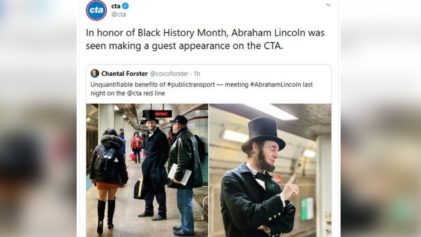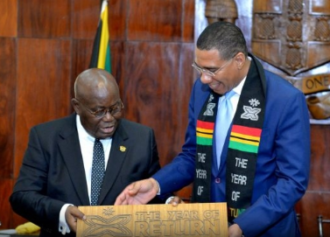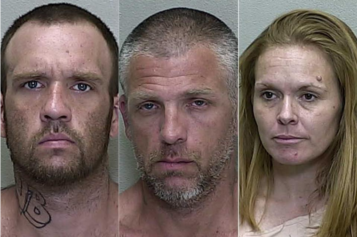From Chicago to Rio, from Jamaica to Nigeria, gang violence is leaving an indelible mark on communities across the globe, leaving authorities at a loss for what to do about the epidemic of lawlessness among young men who see little hope in their futures.
Certainly the global economic crisis has much to do with the rise in gang violence and influence, as young men of color in most of the affected countries see few options for gainful employment.
In Chicago, among 400 murders that have occurred in 2012, an estimated 80 percent of them have been gang-related. The killing in Chicago has brought national attention, with pressure being applied to Mayor Rahm Emanuel and local officials to put a stop to the surge.
The city is statistically more lethal to Americans than war-torn Afghanistan, where 271 Americans have died this year.
The issue of Chicago’s homicide rate was profiled in a new ABC “Nightline” special, “Hidden in America: Don’t Shoot, I Want To Grow Up,” hosted by Diane Sawyer and featuring rapper Keef.
Sawyer and her colleagues teamed up with the anti-violence group CeaseFire (also known as Cure Violence) to invite 38 gang members to sit down and discuss the escalating wars that have been claiming innocent lives. Almost unanimously, participants said that it would take nothing short of a miracle to control the violence.
The same hopeless conclusion was rendered in a local report on the gang violence shown in the video below.
In Nigeria, another killing spree has left 20 people dead as an armed gang stormed the village in the state of Zamfara and began shooting indiscriminately. They were there to rob, as they raided houses for cash and other valuables. The village chief in Kaboro pleaded with them to stop the shooting—so they turned their guns on him and murdered him, too. This attack comes after 23 people were killed in June, with some of their throats slit, in villages in Zamfara by gangs of robbers on motorbikes. This time they were armed with AK-47 rifles and they came on horses and motorcycles, waging an attack that lasted for about two hours, according to the Nigerian Tribune newspaper.
With one of the highest crime rates in Africa, Nigeria is notorious for gun-related violence, including kidnapping and robbery.


